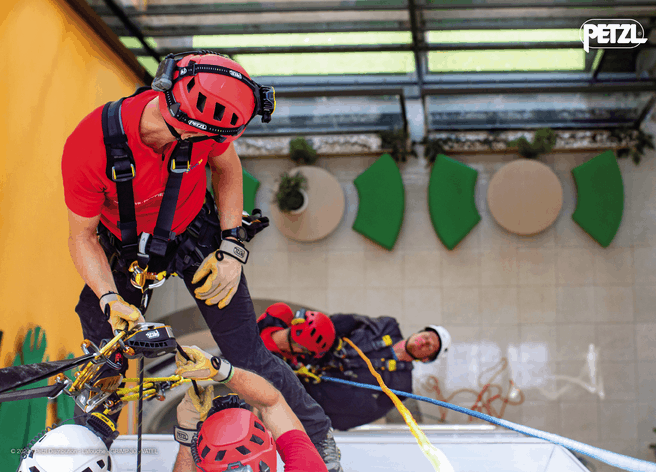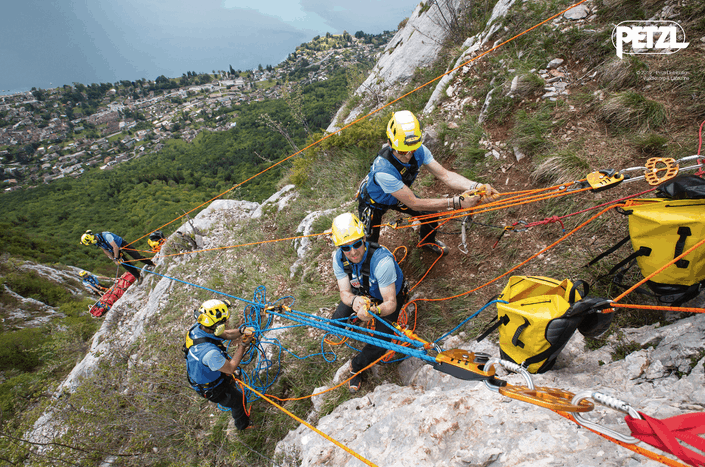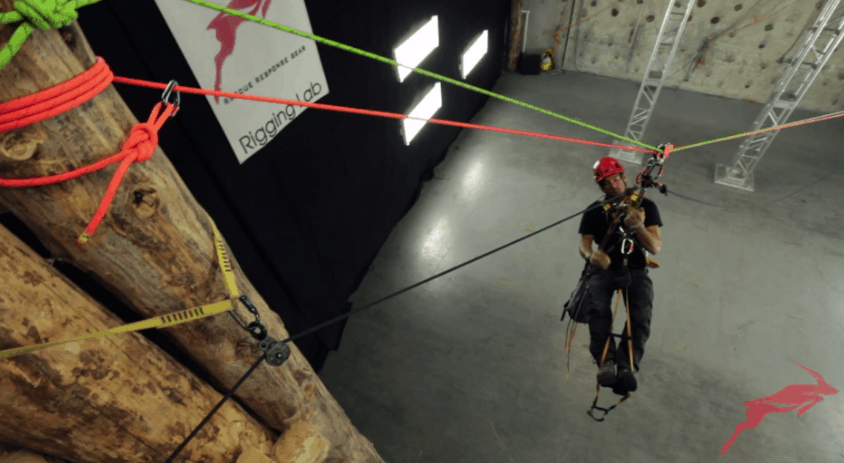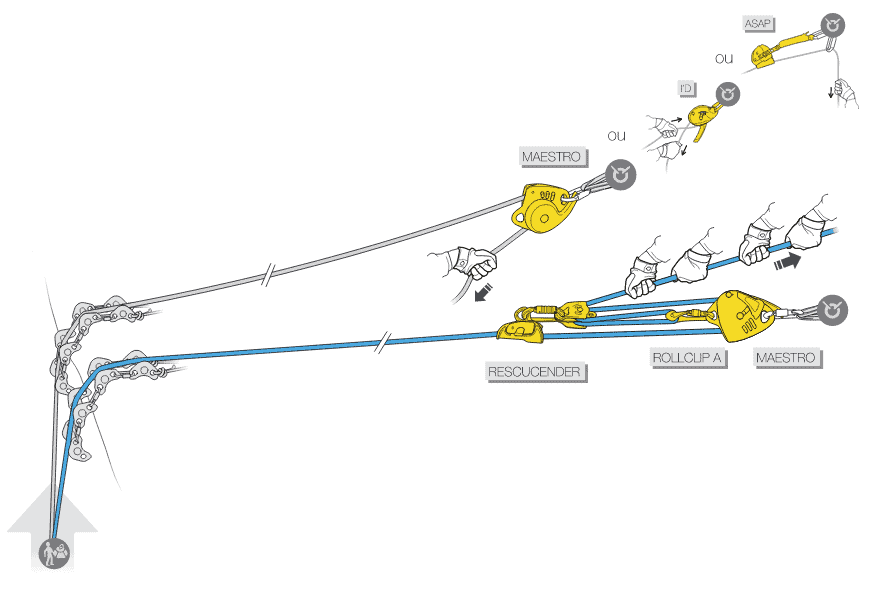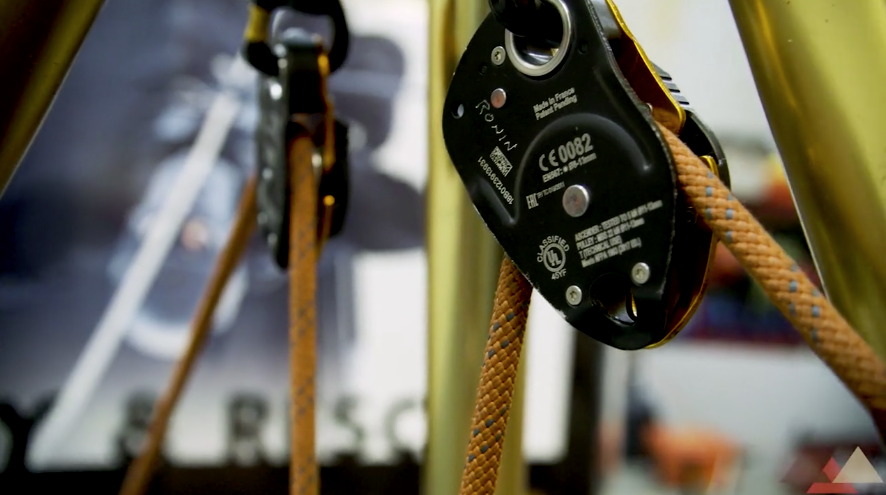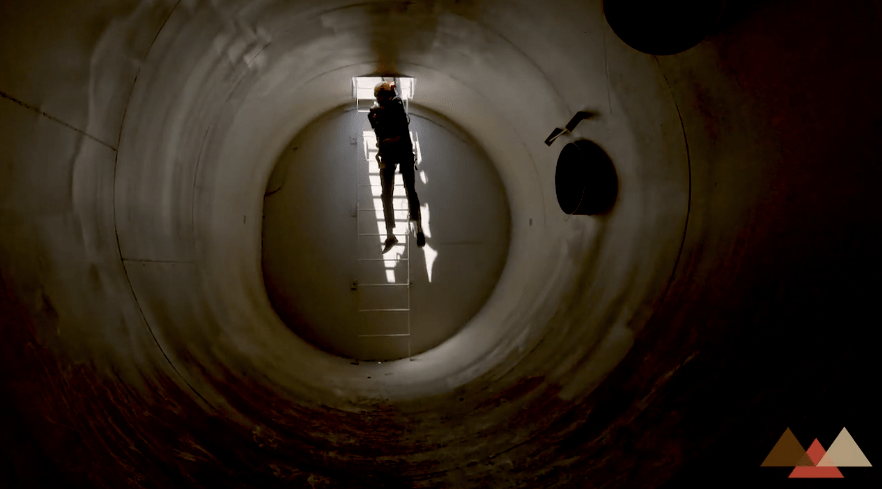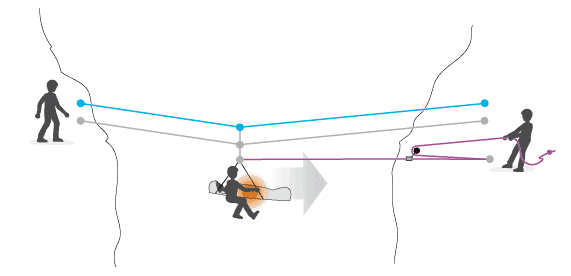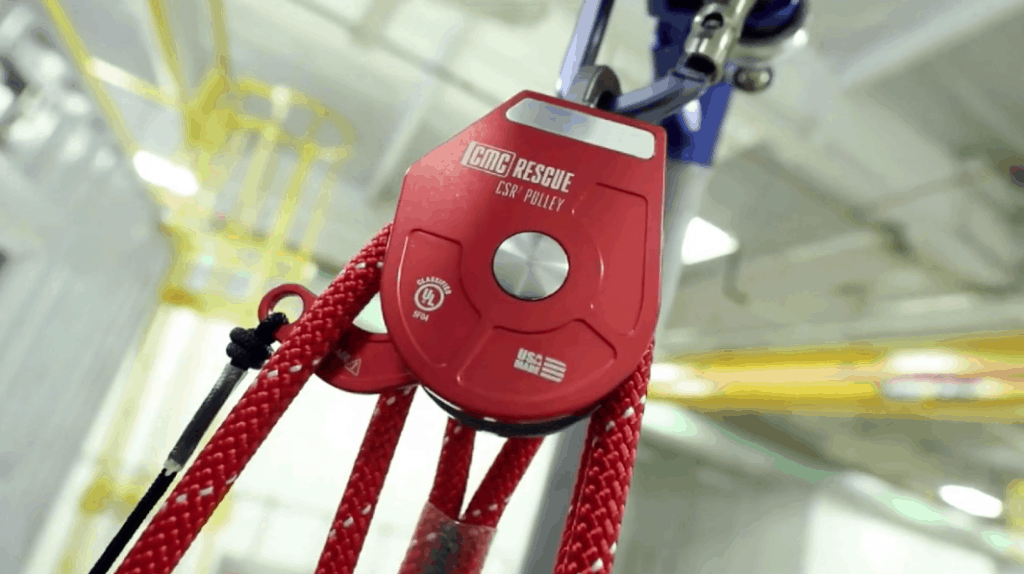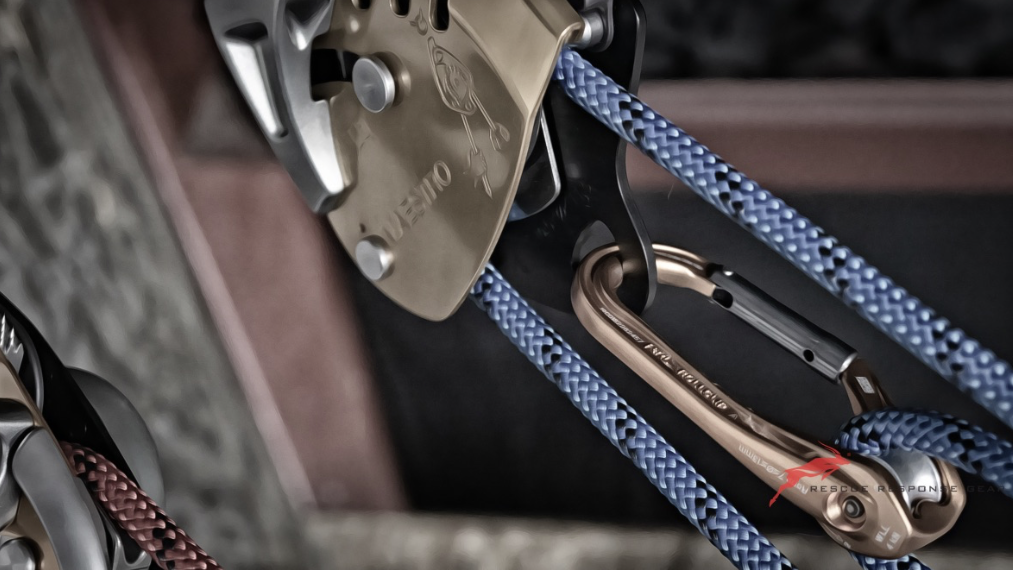Drop loop haul on the MAESTRO for urgent rescue
From Gear In Use: Technical Rescue ~ 5.1 Drop loop haul on the MAESTRO for urgent rescue In certain cases of extreme urgency requiring a very rapid response, the rescuer can access the victim by descending on one rope. Once the emergency has been addressed, upward evacuation can be done at a “normal” level of […]
Drop loop haul on the MAESTRO for urgent rescue Read More »

